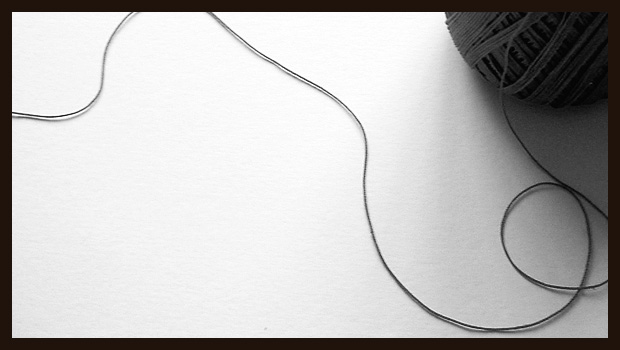In our fourth and final look at the visual hierarchy of design, we’ll be examining shape. Shape is a relatively intuitive concept because our minds are already trained to break things down to their most basic forms. Many of us grew up playing with blocks and other geometric toys, and we see shapes every day – from octagonal road signs, to square windows and doors. It’s this deeply ingrained familiarity that makes shape such a powerful component of design.
I’ve already discussed some of these concepts in the alignment section, but it’s worth repeating:


